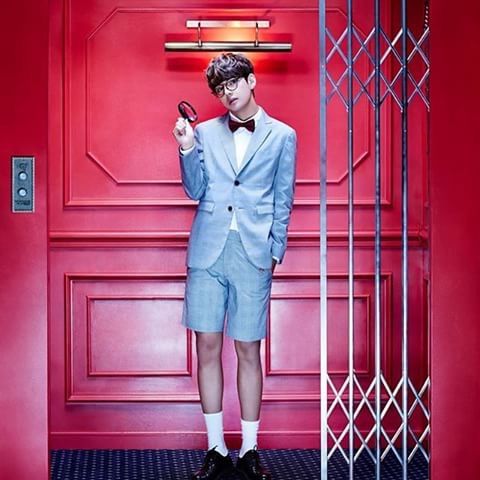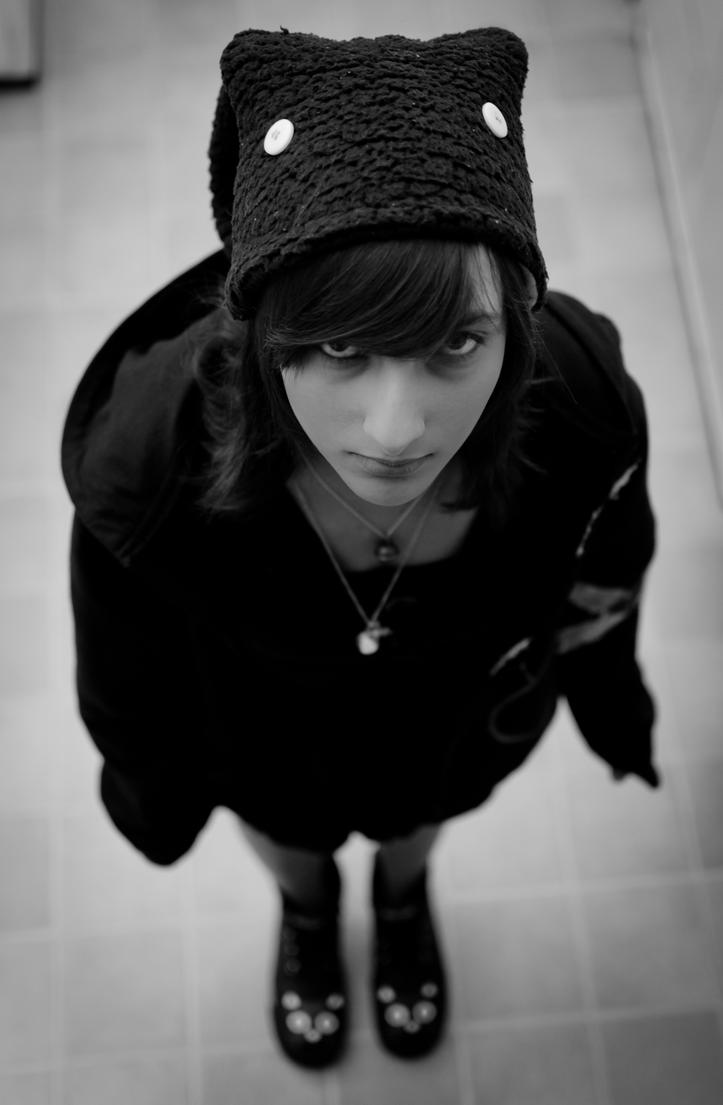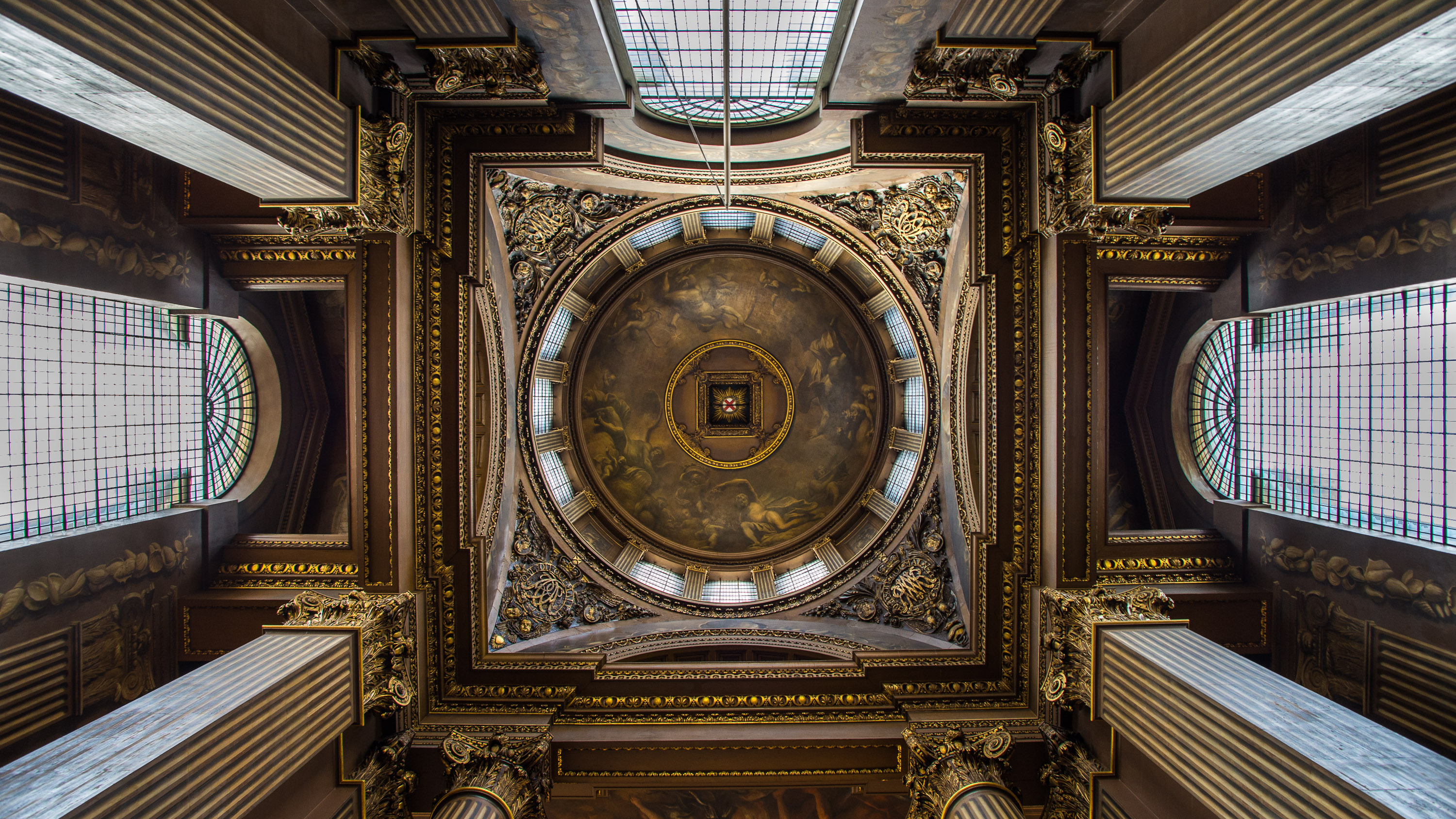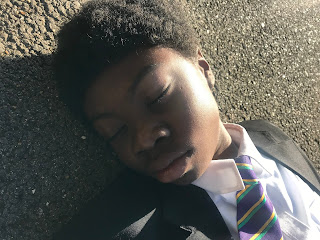Orange Shot-by-Shot Analysis
!!SPOILERS ABOUT THE ANIME ORANGE AHEAD!!
Orange - Kakeru's Death Original World Line
Credit to Telecom Animation Film
Shot 1 - Medium Shot (Debatably a Long Shot)
Why is it a Medium Shot (MS)?
Head is visible
Feet cannot be seen
Waist can be seen
In this opening Medium Shot we can clearly see that there is only one character (Kakeru) and he appears to have dropped something that seems to be a cellphone. Based on the way the room looks, I would say that it is either his room or his Mother's room whom has already passed on. The fact that he is looking through packed boxes in a closet suggests that he is perhaps looking back on past memories of his or his Mother's. Also, seeing that the particular object that fell was a cellphone draws the audiences attention to the object and allows us to infer that this cellphone will have some significance later on in the scene.
Shot 2 - Medium Close Up (Debatably a Medium Shot)
Why is it a Medium Close Up (MCU)?
Head is visible
The waist can be seen
The top of the shoulders are visible
In this Medium Close Up Shot we can see Kakeru's reaction to the fact that his Mother had actually written a response to his message when he said he wouldn't go to the hospital, it was just that she never sent it. The shock on his face, is most likely because he must have previously thought that she never read the message and if she did she probably ignored him. We can also see how eager he is to read what it says, shown by how close he puts the phone to his face with his head down and his use of two hands. This not only interests the audience but also causes them to want to discover the words Kakeru's Mother couldn't say and why she didn't send them.
Shot 3 - Close Up (CU)
Why is it a Close Up (CU)?
Characters face can be seen
Top of the shoulders can be seen
A little bit of background can be seen
In this close up shot we can see that Kakeru has now finally come to the realisation that his Mother wasn't selfish, everything she did was for his sake. Judging by the look in his eyes and the fact that he is crying we can tell that he is feeling some regret about how he treated his Mother and why he wasn't able to understand that all the things she did were for him. This causes the audience to feel sympathy towards Kakeru as he sometimes treated his Mother as an annoyance even on the last day of her life and so he never actually had the chance to apologise to her even upon finding the truth.
Camera Angle 1 - High Angle
This High Camera Angle allows us to see that when Kakeru was younger and his Mother was still alive they were still having their fair share of hardships. The camera angle makes them look small and weak which greatly supports the fact that Kakeru's father was abusive as they weren't strong enough to physically fight back. In addition we can see that as Kakeru was so young he was not fully aware of the situation, this most likely caused him to believe that his Mother was the 'antagonist' and his Father was the 'victim'. The fact that he is holding on to his Mother like that suggests that he might want something, in this situation we can assume that this was for his Mother not to divorce his Father who he loved.
Camera Angle 2 - Low Angle
This Low Camera Angle shows how Kakeru has changed over the years, rather than clinging to his Mother looking vulnerable he looks stronger and much more capable. The fact that he is looking down at his Mother shows that at that time he no longer respects her anymore/has lost faith in her. Despite this the look on his face says differently, this probably that although he keeps up this act of hating her and seeing her as an annoyance he still has a little hope in her. In truth, Kakeru knows the way he is treating her is wrong but he is also unable to forgive her because at the time he did not know the reality of the situation. I think that the audience is able to tell that in Kakeru's heart he always believed in his Mother and will always regret the way he treated her and the words he was unable to say.
Analyse the camera movement at two key points in the clip and write about why the director chose to use that camera movement.
Camera Movement 1
Over-the-Shoulder Shot
At this point of the clip, the camera movement is quite slow, this is to allow the audience to have a longer time to process what actually happened that caused Kakeru's Mother to be so controlling of him. Had the scene have been too short, a large number of questions would have been left answered which is another reason why the slow camera movement worked very well for this point of the scene. It was easier to understand with slower shots and a normal paced speaking narrator.
Camera Movement 2
Camera Movement 2
Extreme Close Up
From the point where Kakeru leaves his home, the speed of which the camera movement passed increased considerably from before. This is to show the rate at which he wants to 'repent for what he's done'. Another effect that it has is that the audience will also be feeling the tension rise and hoping that he's saved somehow which unfortunately isn't the case. The change of the camera movement from slow to fast also lets the audience know the heaviness of this situation.






























